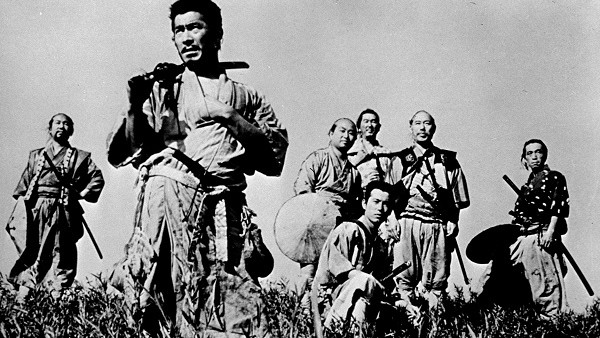Japan’s 10 Most Stunning Samurai Warriors
What do you know of the way of the warrior?

Europe had their Knights, but Japan's military nobility were far more elegant, deadly, and alluring. The Samurai, traditionally called bushi (武士), are some of the most fascinating warriors in all of Eastern military history.
Because of their code and place in Japanese society, the Samurai have long provided fascination to historians and people interested in Japanese culture, though much of their history is relegated to legend leaving this class of people misunderstood outside of Japan.
For hundreds of years, the Samurai served the Japanese nobility with many becoming powerful leaders themselves. There are thousands of amazing people who bore the title over the centuries, but few have been remembered for their deeds.
Like much of history, the truth of many Samurai remains shrouded in mystery, but there are 10 who are best described as the greatest and most stunning Samurai in history.
10. Honda Tadakatsu (本多 忠勝)

Honda Tadakatsu (sometimes called Heihachirō) was a samurai general who served Tokugawa Ieyasu through the late Sengoku and early Edo periods. He was known as one of the Four Heavenly Kings of the Tokugawa, a sobriquet of samurai generals said to be the guardians of the four horizons.
Throughout his impressive military career, Tadakatsu racked up a number of victories and demonstrations of bravery. In 1584, during the Komaki Campaign, he engaged the army of Toyotomi across opposite banks of the Shonai River. He challenged Toyotomi Hideyoshi despite being outnumbered by 50-60:1, which led the opposing commander to order his safety due to his show of bravery in the face of insurmountable odds.
Tadakatsu continued to serve Tokugawa throughout his military career with his most prominent victory occurring at the Battle of Sekigahara in 1600. His forces defeated the combined Western Alliance under the command of Ishida Mitsunari.
With that victory, Tokugawa was left to assume control of the entire country, which brought an end to the Sengoku era. Tadakatsu was never killed in battle and lived to the age of 62. He passed away in Edo, Kapan on December 3, 1610.